Wine is special to us. Cabernet Franc, Merlot, Malbec, Zinfandel, Syrah. Sauvignon Blanc, Chardonnay, Riesling, Gewürztraminer. These are all very common grape varietals and they are all relatives of each other. [bctt tweet=”Wine gets its flavor mostly from the grape itself.”] The grape variety, the soil, the terroir, the microclimate all lead to the flavors that you sip and savor. How the grape is grown also adds to the essence of the wine. How the vine is trellised, how it is cropped also impact the end result. And of course, the wine making process can have a major impact on the wine’s final essence.
But Why Grapes?
It’s not by chance that wine is made from grapes. Yes, I know it can be made from other fruit, but let’s be honest, the most popular wines are from grapes. Grapes are ideal for making wine because they have a high sugar content. Take for example an apple. A ripe apple contains about 5-8% sugar while our friend the grape has 24-25%. That provides a lot of sugar to feed the yeast and in return provides us with the alcohol. Grapes are also high in nitrogen. That is a biggie! You see, yeast need Nitrogen. They use it to stimulate reproduction and to keep their metabolism active. No Nitrogen means no yeast. We all know that no yeast equals no wine! All of this means that [bctt tweet=”Wine was discovered, not invented!”] The grape itself, is all-inclusive of what is needed to make wine. Even the yeast is on the skin. It’s wine wrapped in a neat little bundle.
Varietals Show Variety
First, lets talk a little science. Living things have classifications. Thanks to Carl Linnaeus way back in the 1800s, all living things are placed in a hierarchical naming structure that conveys information both about what the species is (its name) and also its closest relatives. Remember back in high school the saying “King Phillip Came Over For Great Sex”? Kingdom, Phylum, Class, Order, Family, Genus, species. The grape is no exception. Without getting into the whole nitty-gritty classification let’s just start with Family: Vitacae, Genus: Vitis, species: vinifera is the classification for the hybrid grape we use to produce wine. There are other species of grapes that are native to the United States that I have discussed in a previous post titled The Battle of the Grapevines.
In the classification system, the further along you go, the more specific the organism is. In animals there are subspecies while in plants that are cultivars. Each of the wines we enjoy is a cultivar. And this blog post is going to give you some information about some of the more common cultivars (varietals) and then test your knowledge by asking you to be a botanist and identify the grape cluster. All information was obtained from the UC Davis website. Hope you have some fun!
Cabernet Sauvignon
Clusters: small to medium; conical, loose to well-filled clusters; medium-long peduncles. Berries: small; round, blue-black berries; thick skins. Leaves: medium; very deeply 5-lobed; overlapping, lyre-shaped petiolar sinus and lateral sinuses that appear like five round holes around leaf margin; medium-sized teeth; upper surface dark green and smooth; scattered tufts of hair on lower surface. Shoot tips: felty with red margins; young leaves with bronze-red cast.
Cabernet Franc
Clusters: small to medium; cylindrical to slightly conical with shoulders; mostly well filled. Berries: small; round, blue-black berries. Leaves: medium; mostly 5-lobed; closed, narrow U-shaped petiolar sinus; lateral sinuses (particularly superior) often have small teeth at their base; relatively narrow, sharp teeth; rough, bumpy surface; light, tufted hair on lower surface. Shoot tips: felty with red margin; first unfolded leaf has red-bronze highlights.
Zinfandel
Clusters: medium to large; cylindrical to long conical, often winged, sometimes with double wings, compact; short to medium-length peduncles; often with a wide range of ripe and under-ripe berries. Berries: medium to large; round to oblate; deep blue-black; prominent rust-colored stylar scar. Leaves: medium to large; deeply 5-lobed, often overlapping; lyre-shaped petiolar sinus; long, jagged teeth; dense hair on lower leaf surface. Shoot tips: downy to felty; young leaves bronze-red.
Merlot
Clusters: small to medium; long cylindrical with large shoulders, well-filled; short to medium peduncle. Berries: small; round; blue-black with whitish bloom; green rachis prominent. Leaves: medium (often very large in training years); deeply 5-lobed, longer than wide; lateral sinuses often overlapping and occasionally with teeth at base; wide U-shaped petiolar sinus; narrow, sharp teeth; slight tufted hair on underside of leaves. Shoot tips: felty white with rose margin; young leaves cream-yellow and downy.
Chardonnay
Clusters: small to medium; cylindrical, often winged to double in larger clones, short peduncles. French clones are typically smaller cylindrical clusters; they are often larger in California. Berries: small; round, yellow to amber when ripe. Leaves: medium; more or less entire with shallow lateral sinuses; U-shaped petiolar sinus with naked veins; short, broad teeth; upper surface bullate and rough; lower surface mostly glabrous with scattered hairs. Shoot tips: downy white; young leaves yellow-green with subtle bronze-red tinges.
Sauvignon Blanc
Clusters: small (occasionally medium on well-trained vines); cylindrical to globular; compact; short peduncles. Berries: small; round to short oval; greenyellow when ripe; distinct “green pepper” flavor. Leaves: medium; dark green; 3- to 5-lobed but overlapping lateral sinuses; U-shaped petiolar sinus; rounded teeth; leaf margin does not lay flat but is ruffled along the edge; sparse to moderate hair on lower leaf surface. Shoot tips: felty white with rose margin; young leaves mostly green.
It’s Quiz Time!
Now that you have the description of these five grape varietals, Grab yourself a sheet of paper and look at the pictures below. Put on your botanist caps and identify each of the pictures. The answers are posted below. Don’t scroll too far down or you’ll see them. And don’t cheat! Good luck earning your Vitis vinifera degree. You have a 50/50 shot with the white varietals!
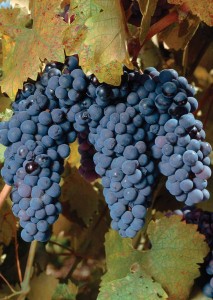
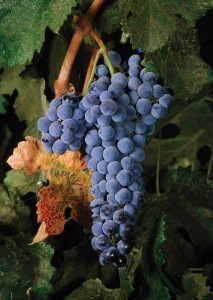
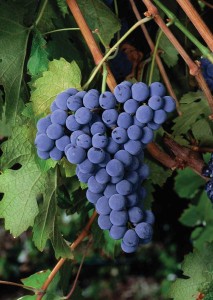
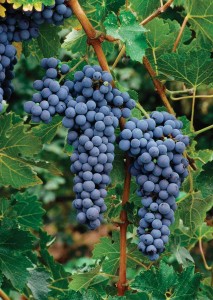
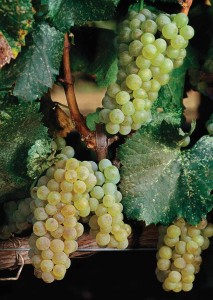
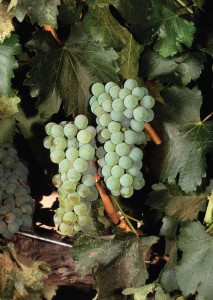
(scroll down to see answers)
<
<
<
<
<
<
<
<
<
<
<
#1 Zinfandel, #2 Merlot, #3 Cabernet Sauvignon, #4 Cabernet Franc, #5 Sauvignon Blanc, #6 Chardonnay.
How did you did? Was it easy? Did you get your vinifera degree? If you  did, congratulations. If you didn’t, well, I hope you had fun trying!
did, congratulations. If you didn’t, well, I hope you had fun trying!
~Sláinte!

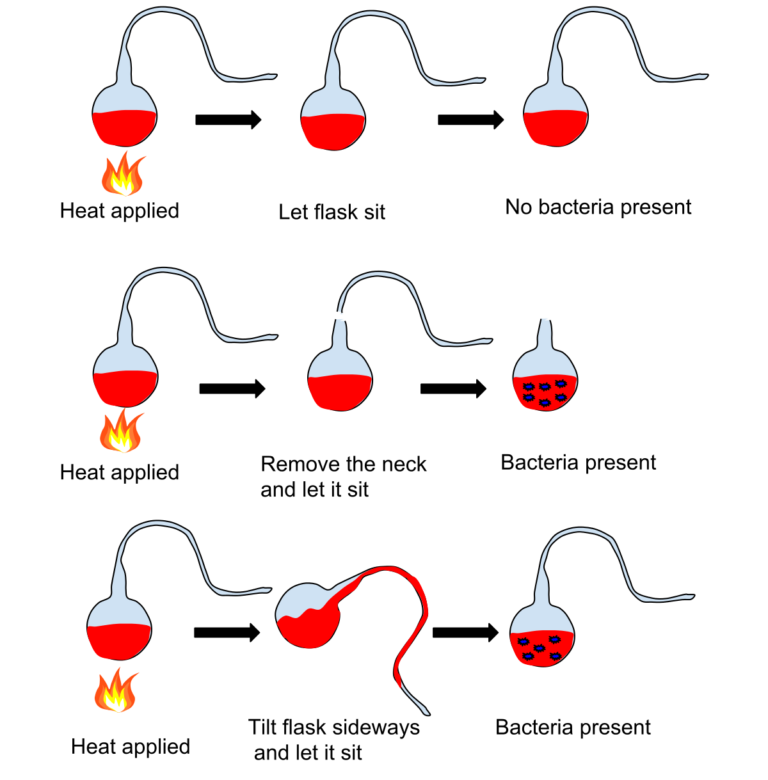
I graduated MAGNUM cum Laude. 100%. Great post and fun. I would love to have you interact on larrythewineguy.net as well. Grape-fully yours, Larry
thanks for playing along! I have followed you and looking forward to reading your future posts!